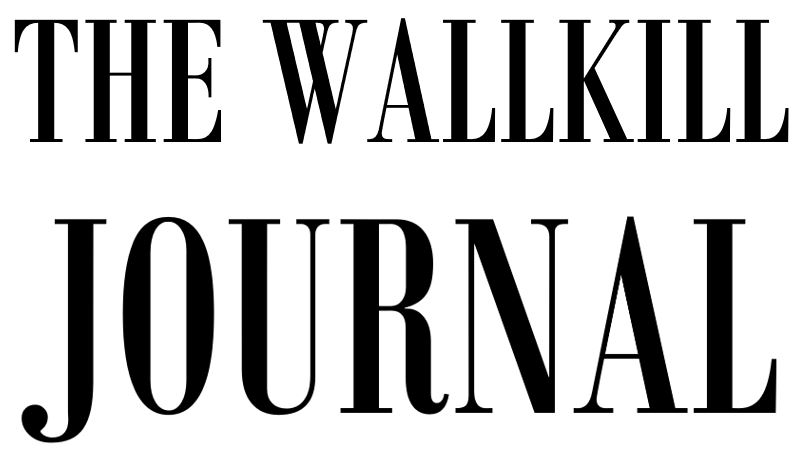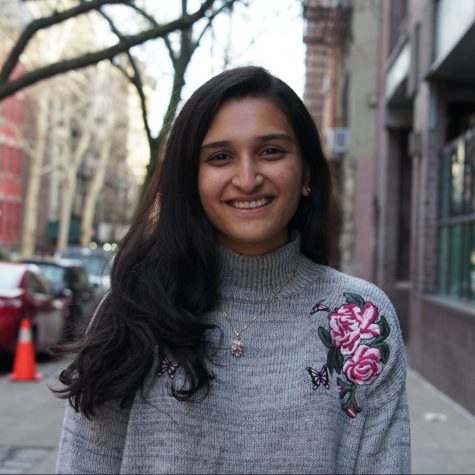My parents both had formidable reps, established back when Eric B. and Rakim’s “Paid in Full” was the soundtrack to everyone’s life. It was the era of stonewashed jeans and door-knocker earrings, and the Bronx was swiftly being renovated with new buildings erected on what used to be empty, rat-filled lots.
The thread that bound my parents together was wearing thin. The Wu-Tang Clan made smoking dust a fad, which my father embraced, and Mom’s temper was infamously short. Eventually, her anger and his addiction worked together to destroy their Bonnie and Clyde affair. After my birth, Mom drew away from the streets and Dad drew closer to them.
My first years were innocent. My daydreams were inspired by Disney VHS tapes, and I mostly dully wandered my apartment. I hadn’t yet heard the legends of my parents, or registered that I was presumed to inherit their gangsterism. Instead, I was inquisitive and awkward. The fact that I could draw but not fight was seen as blasphemous, except by my Mom, who devoted herself to cultivating my emerging talents rather than grooming me for our warzone of a neighborhood. If only I’d done the same.
I entered elementary school sharp but unequipped. While my homeschooling consisted of flashcards on long division, my classmates were learned in other dimensions. Their slouches, their scowls and their mispronunciations of words all hinted at an ambient culture to which I was oblivious. I went through elementary school adopting new manners, losing fights and overlooking the school curriculum in favor of studying the perverse behaviors of my peers. Despite these efforts, I excelled academically. My exceptional fourth-grade test scores led to my enrollment in Maritime Academy of Science and Technology, a school for excelled learning.
The year of my enrollment, Maritime was named the second-best charter school in the city by The NY Daily News. My new classmates constituted the largest number of white people I’d ever seen assembled in one place. The school was located in the center of the Bronx’s Country Club section, surrounded by lovely houses, manicured lawns and minivan filled driveways that seemed to mock me. It was clear in the eyes of the deli clerk that this space was theirs exclusively each time he held my bill up to the light. And yet somehow, something as trivial as a test score had dictated that I belonged among them. Rather than filling me with pride, the realization that one had to be white or test extremely well to receive what was considered an ideal education left me depressed. How promising were the odds of someone testing well where I was from? Maybe I was lucky, but I didn’t feel that way.
My lessons, however unintentionally, seemed to highlight the origins of the inequitable society that I was growing to despise. History lessons celebrated the Conquistadores, acclaimed the Columbuses and Amerigos. We recited the stories of “heroic” men who’d discovered indigenous lands, colonized those lands and made civil the native people. And we sought to be like the explorers, on the winning side of history.
After classes, we — the Black few — staked claims on particular cafeteria tables and exact corners in the recess yard, to the obvious disapproval of our teachers and peers. The claiming of things that belong to others was a privilege reserved for whites, and to mimic them only proved that we — the Black few — lacked proper training.
Mrs. Hewitt, the assistant principal, and only Black member of the faculty, fumed. “Don’t y’all bring that mess in here,” she’d say, as if to tell us, leave your primitive attitudes at the door.
I resented my entire experience at Maritime. I felt like a spirit kept in limbo — not ghetto enough for the ghetto, but too ghetto to be comfortable anywhere else. And each summer after vacation, I returned to school more defiant, more ghetto, until finally, in the eighth grade, I stepped over the line. An accumulation of reprimands and suspensions led to my expulsion.
By high school, I was done with learning. I would stay just long enough — a period or two — for people to compliment my outfits, and cut out. Mom’s chiding became futile and less frequent with what I assume was a bitter realization that my attitude was hereditary. The perils of my young adulthood are highlighted with gunfire. Feeling alone and victimized, I felt justified in wanting to instill those same fears in others, to rid me of my pain’s burden and make it theirs to keep. It didn’t hurt that there were always others around who shared my sentiments, boys who each understood in their own way that we’d been wronged by the world. And at 15, I found my equalizer in the form of a matte-black .45 llama. My best friend at the time, Timeek, bargained it from a crackhead. Its weight in my palm promised safety and respect, and its boom demanded power in a way my high school diploma never could.
Timeek mostly devoted himself to mischief, plotting robberies. Our MO was flash iron on Hispanic men, relieve them of their jewelry and sell it on Canal Street. Timeek’s rationale for targeting Latinos was that Blacks wore counterfeits — and whites were nonexistent in our realm. His logic was supported by a soaring success rate. I learned a lot from him. There were times when my anxiety threatened to ruin a heist, but Timeek was a wise and prophetic coach.
“Let it unfold,” he’d say. “Patience is the key.”
I may have been more afraid than the men we robbed. What if he’s a former Marine who knows karate? What if he’s an off-duty cop and shoots me in the back while I’m running away? Being on the right side of the gun did little to make me braver in these instances, because I was also terrified of pulling the trigger. Then again, in my neighborhood, you’d be celebrated for shooting someone, which came with its own tempting sense of accomplishment.
I shadowed Timeek, knowing his stature validated my own. The men who loitered on our corners said we were ahead of our time. They sang our praises, drunk on cognac, sounding happiest during the summer of ’09 when Timeek and I pled to our first felonies.
“You little n-ggas are official,” they’d boast.
After the corner legends inducted us into their hall of fame, our names radiated with majestic hues. When, at age 15, we both were sentenced to three years in maximum security juvenile detention centers for robbery and weapon charges, it seemed like a promotion in status.
I thrived in juvie, emerging unscathed three years and 95 fights later. I spent the next three years building a bulletproof reputation and making annual trips to Rikers Island for petty charges that were often dismissed or resolved with probation.
My first awakening came at 21 in Manhattan’s Mt. Sinai Hospital. Depression loomed, and I was frequently consumed with suicidal thoughts. I found myself Googling absurd things like, “If I shoot myself in the head, will it hurt?” So the arrival of my son couldn’t have been at a more crucial time. I called him Messiah, because I needed one, needed this new excursion — fatherhood — to deter me from a path that was bound for hell. He came into the world wailing, using his bright eyes to stir all the unrealized potential within me that lay dormant. And for the few hours I held him in that hospital room, I almost believed he could transform me. The reality was, by this time — like my own father — I struggled with drug addiction. And I still wasn’t ready to disassociate myself from the persona I’d worked so hard to build.
I straddled the fence that way for the next two years, being a part-time dad and a full-time drug-dealer, pill addict and aspiring rapper.
The epiphany didn’t come until Timeek’s murder. A bullet went through the headrest and lodged in the back of his brain. I think he reached back, by reflex, to grab his head: in Jacobi Hospital where I visited him, dried blood caked his nails. I didn’t cry until that night when I was alone. And a few days later, when his family revealed their intentions to “pull the plug,” I spoke to him like I knew he’d wake up again.
They counting you out bro. Not me. I know how strong you are. Get the f-ck up, because they’re going to let you die in here.
And if I’d known in advance that those would be my last words to him, I might’ve added more.
This story has been approved for publication by an official at the Wallkill Correctional Facility.
Aunray Stanford is a student in NYU’s Prison Education Program. Email him at [email protected].
A version of this article was published in the Monday, April 8, 2019, print edition.
























































































































































